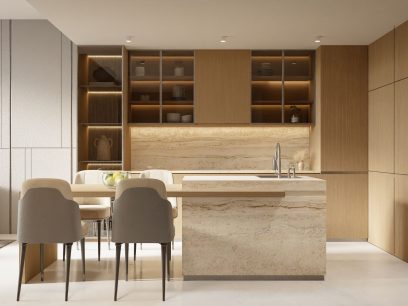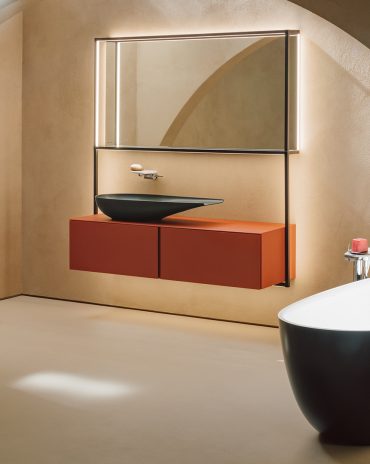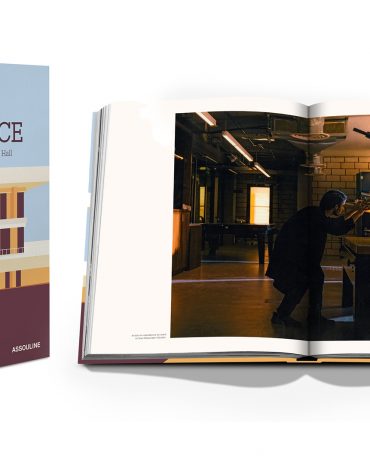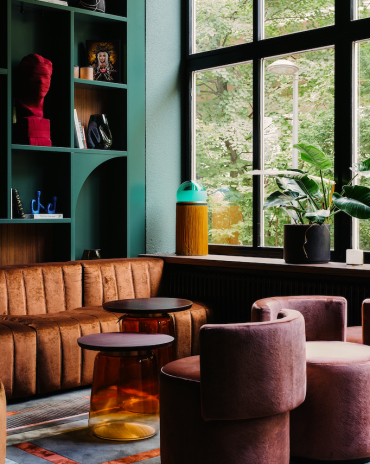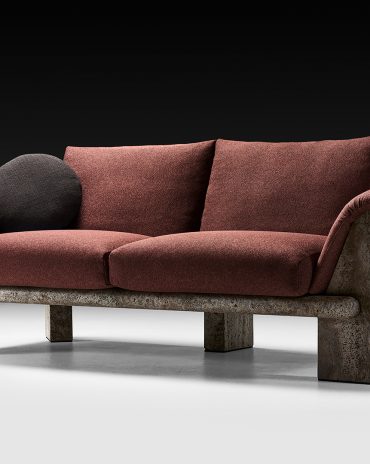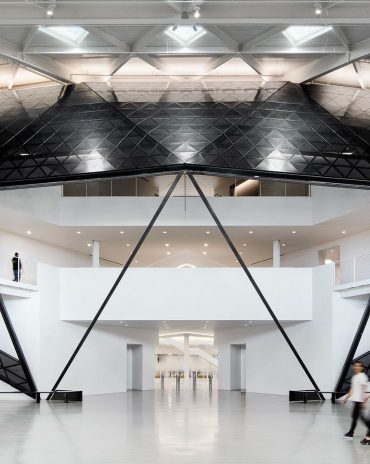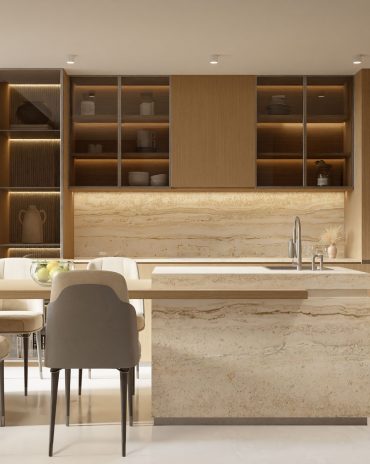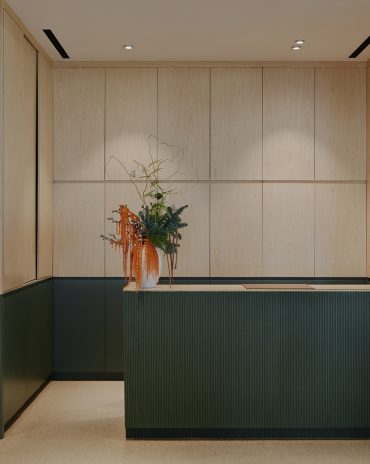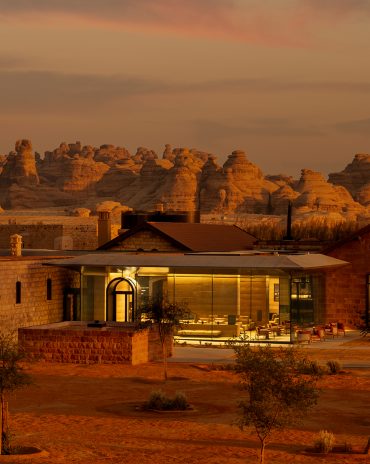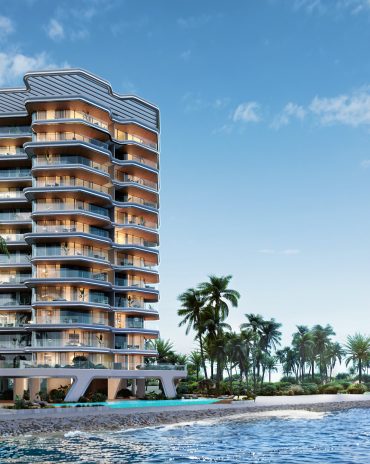Copyright © 2025 Motivate Media Group. All rights reserved.
id library: Books that explore the role of race within the built environment
Our reading list this months looks at how issues on race presents itself in architecture

Exploring the role of race within the built environment, these three books shed light on a topic that deserves urgent re-examining at a critical time for racial justice
Race and Modern Architecture: A Critical History from the Enlightenment to the Present
by Irene Cheng, Charles L Davis and Mabel O Wilson
When Mabel O. Wilson looked through 28,000 objects within The Museum of Modern Art’s Architecture and Design archives, she was stunned to find that they had no records on the works of African-American architects. Keep in mind that this is the first museum in the world to have an architecture collection. Race and Modern Architecture – a book Wilson co-edited with Irene Cheng and Charles L Davis – exposes how modern architecture and culture has been heavily influenced by representation, inequality and racism. The book enlightens its readers by writing back race into architectural history, shedding new light on the built environment and maybe shaking the very foundations of architecture itself.
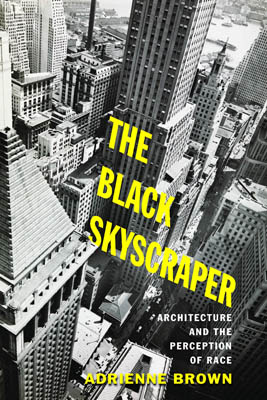 The Black Skyscraper: Architecture and the Perception of Race
The Black Skyscraper: Architecture and the Perception of Race
by Adrienne Brown
Many of us would consider the metaphorical juxtaposition of skyscrapers and racial anxiety in the United States to be a farfetched argument. Adrienne Brown disagrees. With developments of the first skyscrapers in the 1880s, environments could expand vertically as well as horizontally. Chronicling the soaring skyscrapers from Chicago’s early 10-storey tower to the completion of the 102-storey Empire State Building in 1931, in The Black Skyscraper: Architecture and the Perception of Race, Adrienne Brown gives a detailed insight into how scale and proximity affect not only the shape of the city but also shapes our understanding of race and how the early skyscraper threatened to reveal the ‘nothingness’ of race at a time when the superpower coveted nothing more than to assert and prolong its purpose. The book claims that ever since skyscrapers first ascended, they, in turn, challenged human beings to cultivate new ways of seeing and relating to others.
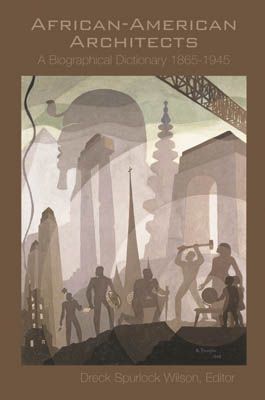 African American Architects: A Biographical Dictionary, 1865-1945
African American Architects: A Biographical Dictionary, 1865-1945
by Dreck Spurlock Wilson
In February this year, Harvard celebrated the accomplishments of the lead designer of its Widener Library – African-American architect Julian Abele. In a series of articles published on the website, the Ivy League university admitted that the contributions of the Philadelphia-born architect were largely ignored and hence long overdue. It is that kind of misrepresentation that African American Architects: A Biographical Dictionary, 1865-1945 strives to avoid. Written by over 100 experts and edited by Dreck Spurlock Wilson, the book shines a spotlight on the lives and careers of over 160 African-American Architects. Each entry is peppered with a write-up, an all-important list of known works and a bibliography of published sources. Starting from the last quarter of the nineteenth century – an intense period in the United States history that laid the foundations for social change – the book also features over 200 portraits of an appendix of buildings sorted by geographic location.
The Latest
Textures That Transform
Aura Living’s AW24 collection showcases the elegance of contrast and harmony
Form Meets Function
Laufen prioritises design, functionality and sustainability in its latest collections
Preserving Culture, Inspiring Creativity
Discover the Legacy of a Saudi Art Space: Prince Faisal bin Fahd Arts Hall explores the Hall’s enduring influence on the cultural fabric of Saudi Arabia
Channelling the Dada Spirit
Free-spirited and creative, The Home Hotel in Zurich injects a sense of whimsy into a former paper factory
id Most Wanted- January 2025
Falaj Collection by Aljoud Lootah Design
Things to Covet in January
identity selects warm-toned furniture pieces and objets that align with Pantone’s colour of the year
Shaping the Future of Workspaces by MillerKnoll
Stacy Stewart, Regional Director Middle East & Africa of MillerKnoll discusses the future and evolution of design in workspaces with identity.
Shaping Urban Transformation
Gensler’s Design Forecast Report 2025 identifies the top global design trends that will impact the real estate and built environment this year
Unveiling Attainable Luxury
Kamdar Developments has launched 105 Residences, a new high-end development in Jumeirah Village Circle.
The Muse
Located in the heart of Jumeirah Garden City, formerly known as ‘New Satwa’, The Muse adds to the urban fabric of the area
Cultural Immersion Meets Refined Luxury
The Chedi Hegra opens its doors in AlUla’s UNESCO World Heritage Site
Redefining Coastal Luxury
Sunshine Bay on Al Marjan island combines seaside views, exceptional design, and world-class amenities to create a unique waterfront haven



